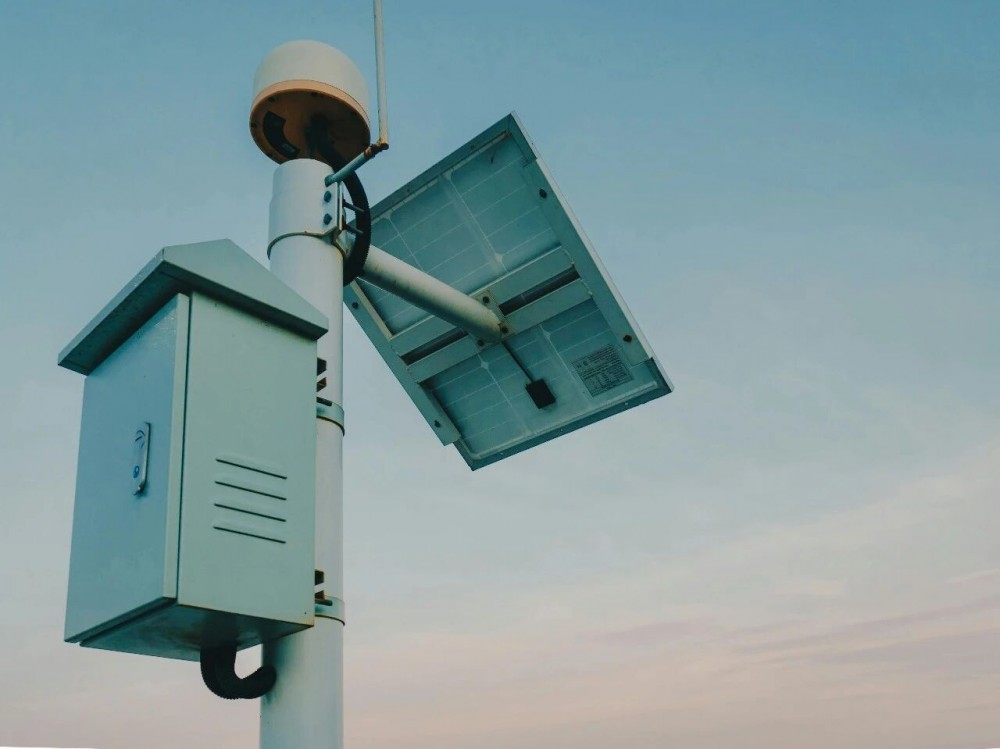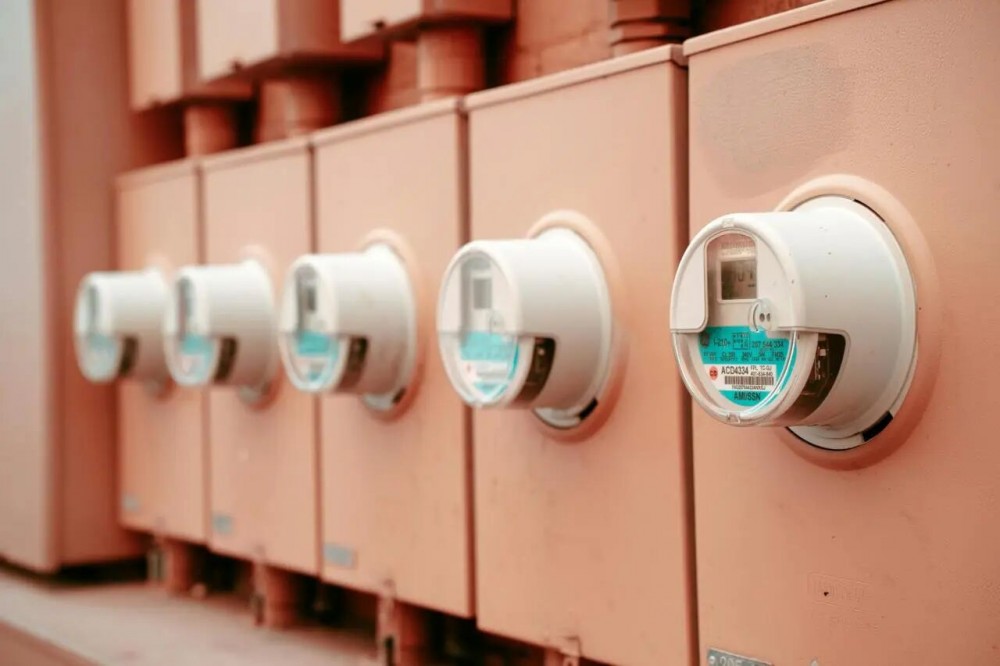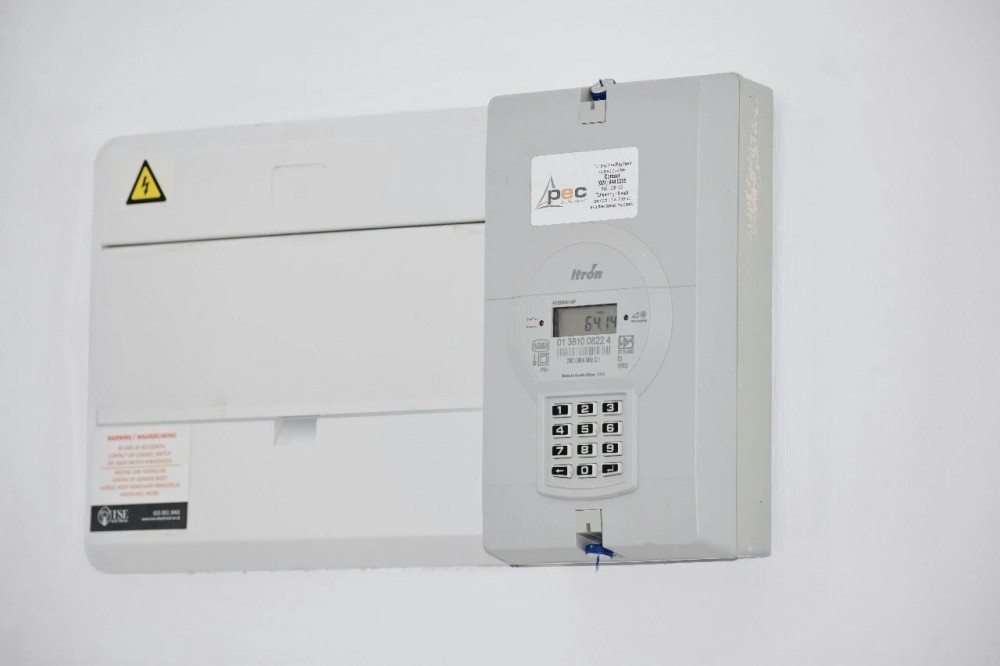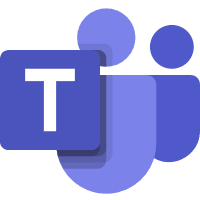Smart Metering: From Core Concepts to Future Trends
Introduction
In the digital era, energy management and resource optimization are global priorities. Smart Metering, a cornerstone of smart grids and smart cities, is transforming traditional metering by enhancing energy efficiency and supporting sustainability.

01. Core Components
Smart Metering uses sensors, communication technologies, and data platforms to monitor and manage water, electricity, gas, and heat consumption in real time. Unlike manual metering, it enables automated data collection, remote transmission, real-time analysis, accurate billing, and energy optimization.
System Components:
Sensors and Metering Devices: Measure flow and consumption (e.g., electricity, water, heat meters) using rotation speed, temperature, or pressure sensors.
Communication Modules: Enable remote data transfer via wireless technologies (Zigbee, LoRa, Sub-1G, Wi-Fi), eliminating manual intervention.
Data Management System: Processes large datasets for real-time monitoring, demand response, and anomaly detection (e.g., power theft, outages).
Application Layer: Supports remote meter reading, multi-rate billing, prepayment, and user apps for consumption tracking.

02. Working Principle
Smart Metering begins with sensors capturing consumption data, transmitted via communication modules to cloud or master systems. These systems analyze data to provide insights, such as peak/off-peak usage optimization or energy-saving recommendations. Unlike traditional metering, it offers accurate, real-time data, enabling utilities and users to monitor and manage energy efficiently. IoT-based systems support two-way communication for demand response, e.g., adjusting usage during peak periods.
03. Recommended Chip
We recommend the DP4363, a high-performance, low-power Sub-GHz transceiver (119–1050 MHz) for smart metering applications. Key features:
Sensitivity: -126 dBm
Modulation: (G)FSK, 4(G)FSK, (G)MSK, OOK
Output Power: Up to +20 dBm (supports +27/+30 dBm with PA)
Low Power: RX: 10/13 mA; Shutdown: 30 nA; Standby: 50 nA
Data Rate: 100 bps–1 Mbps
Features: Fast wake-up, frequency hopping, AFC, AGC, 64-byte TX/RX FIFO, low BOM cost, temperature sensor, low battery detection
Standards: IEEE 802.15.4g, WMbus, FCC, ETSI, ARIB, China regulations
Package: 20-pin QFN
04. Key Trends
The global smart metering market, valued at $24.77B in 2024, is projected to grow at a 7.1% CAGR by 2025.
AI and Big Data Integration: AI chips enable real-time interaction and predictive analytics, supported by advanced multimodal data processing.
Multi-Parameter and Blockchain: Integrated terminals support distributed energy trading and trusted metering for smart cities.
Market Growth: Residential metering (water, energy) leads, driven by new constructions and retrofits. Smart grid market CAGR at 10.6%.
Drivers: Smart city initiatives, green energy transitions, and digitalization fuel growth, with China, Europe, and North America leading in electricity, water, and gas sectors.

Conclusion
Smart Metering is a critical tool for energy management, enabling smart cities and carbon neutrality goals. With advancements in chips, communication, and big data, it delivers efficient, sustainable, and secure energy solutions for utilities, cities, and households.




.png)

.png)












